Functional requirements for roller
What rollers that can withstand harsh environments?
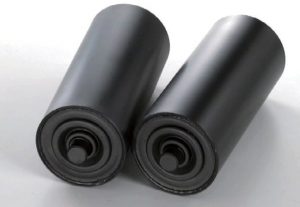
Conveyor rollers are exposed to water, rainwater, and water from washing facilities, which drip off from the upper equipment, and are often used in harsh environments where dust originating from conveyed objects is soaked inside galleries and conveyor covers.
Various functions are required, such as their seal ability, strength, and durability enough to withstand the falling impact and continuous transportation of heavy objects, extra vibration and noise, and low rotational accuracy to avoid power consumption.
High rotational accuracy (pipe)
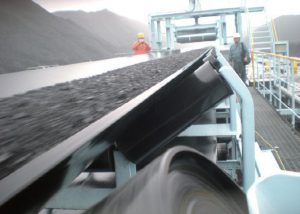
Rollers are required to have “rotation accuracy”. If the “rotation accuracy” is low, it leads to unnecessary vibration, noise, increased resistance, etc when rotating.
JRC Roller realizes high-quality materials, high-quality components, and high-precision automated assembly and inspection. This makes it possible to achieve rollers with extremely high rotational accuracy even in the standard specifications.
Low rolling resistance
Roller rotation resistance is one of the factors that affect the size of the power required by the belt conveyor. Generally speaking, using rollers with high rotational resistance (heavy rotation) will increase the impact on the power consumption of the entire facility in proportion to the length of the conveyor machine. Therefore, it also has a great impact on the selection of components for the entire facility.
Seal ability (dustproof/waterproof)
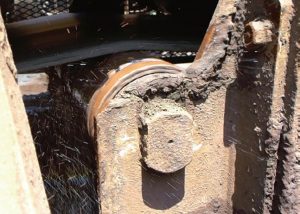
Damage and rusting of bearings and other built-in parts cause roller failures and breakage. Therefore, “seal ability,” a function that prevents dust and water from entering the roller, is one of the important functions required of the roller.
Note that “seal ability” and “low rotational resistance” are mutually contradictory functions, and it is generally considered [high seal ability = high rotational resistance (heavy rotation)].
Prevention of jamming of conveyed objects
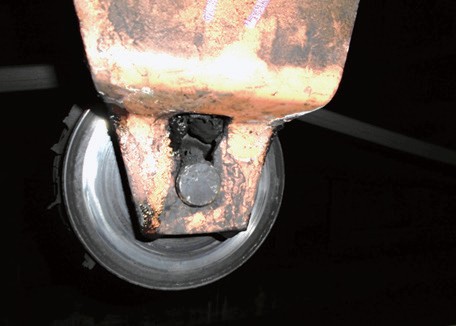
In conveyors containing large or non-granulated chunks, the chunks may jump up at the load-receiving area, etc., and finely broken chunks may bite into the sides of the rollers.
There is a risk that caught objects may inhibit the rotation of the rollers and cause the rotation to stop, as well as cause heat generation and spark scattering due to friction.
Incombustibility
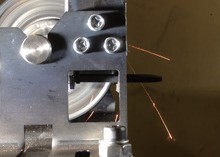
Particularly for conveyors carrying highly combustible materials such as coal or coke, if there are other factors that cause ignition, such as frictional heat with the belt when the roller fails and stops rotating, unexpected flying fire when handling flames around the conveyor, and generation of heat or sparks due to the biting of conveyed objects, the roller itself may require the use of non-combustible materials that do not lead to ignition or catch fire.
Durability
Roller durability is not limited to expectations for long life due to functions such as strength and corrosion resistance suitable for use conditions, but also includes the high level of adaptability (compatibility) to various use environments that are difficult to assume on a desk. Higher durability means that it contributes not only to the long life of the roller alone, but also to the reduction of maintenance and management costs for the entire facility through the standardization of spare parts, as well as to the improvement of maintenance efficiency.
Ease of recycling/disposal
When a roller is disposed of at the end of its service life as a consumable, rubber or resin parts may be a major burden from the viewpoint of separate disposal or recycling.
All JRC rollers are made of metallic (steel) to reduce the burden of disposal and recycling. For functions required separately, optional parts can be selected to add functions.


